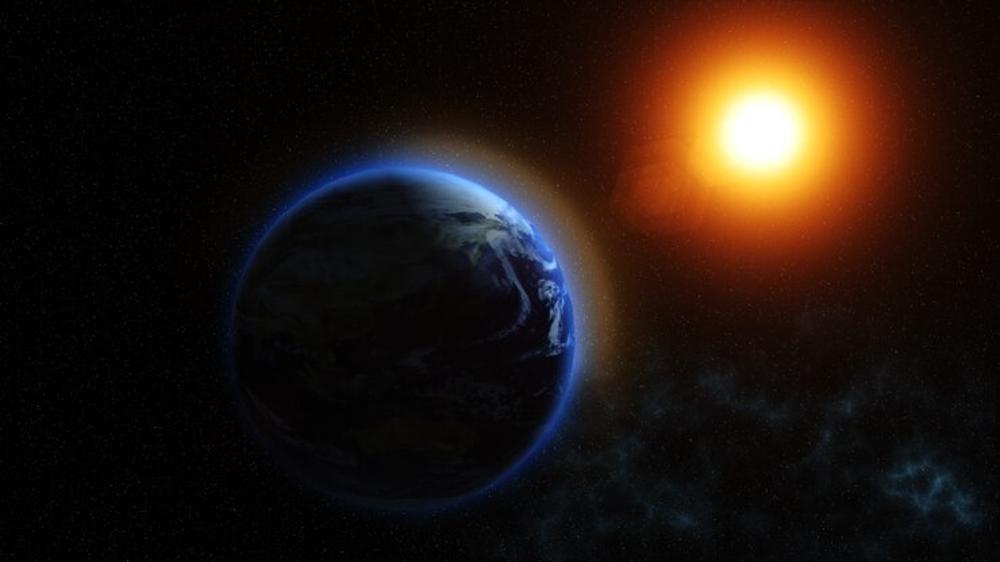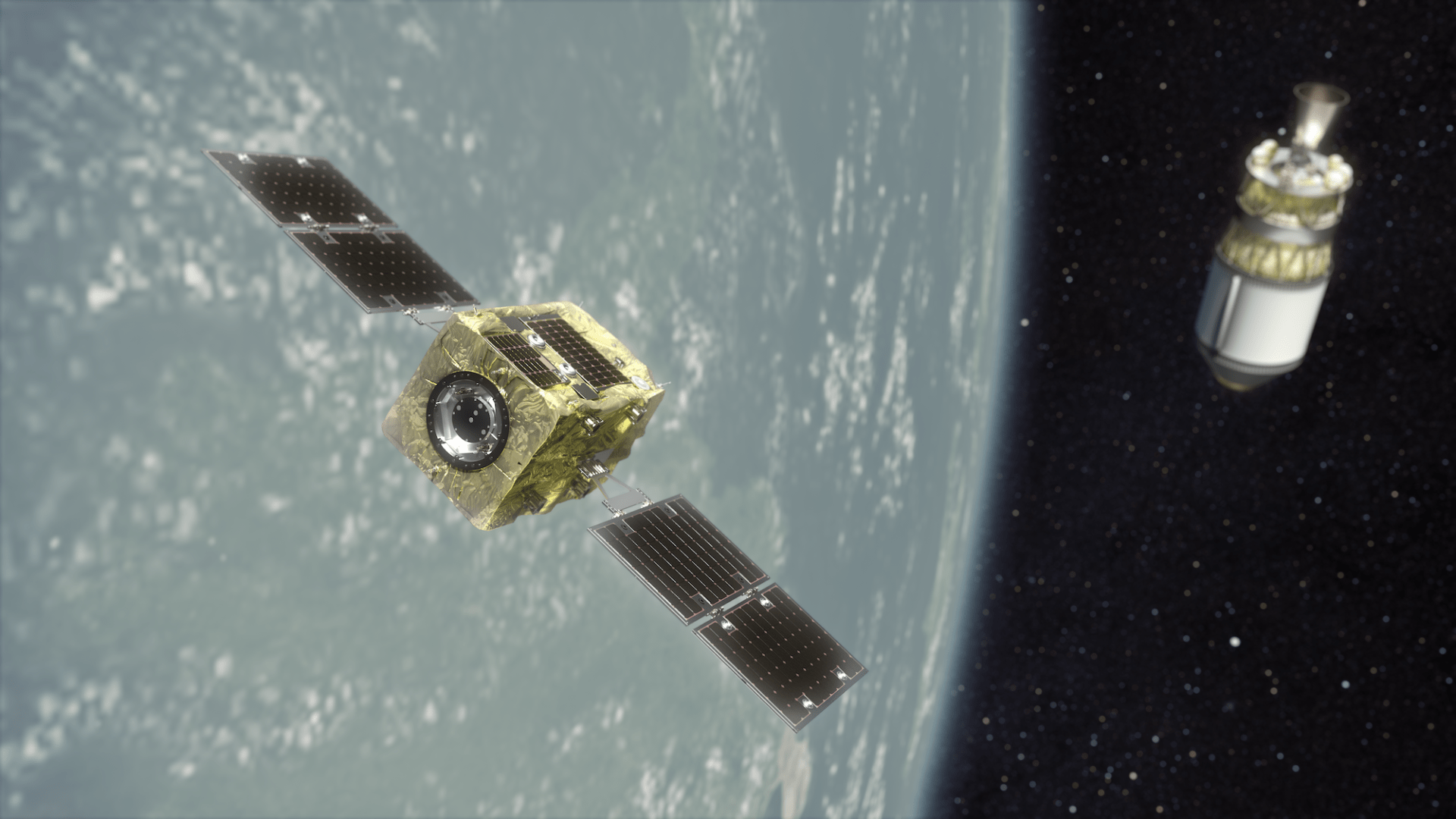NASA to Investigate Mysterious Source of Solar Radio Signals with New CURIE Mission
NASA is launching the CubeSat Radio Interferometry Experiment (CURIE) on July 9 to locate the mysterious radio signals coming from the sun.
This mission, the first of its kind, aims to identify the sources of radio waves produced during solar storms, solar flares, and coronal mass ejections (CMEs).
The Importance of Space Weather
Understanding solar phenomena is crucial as solar storms can disrupt Earth’s technology, including communication networks.

Source: Benzoix, Freepik
By studying these radio signals, scientists hope to better predict and mitigate the impacts of space weather on our daily lives.
Decades-Old Mystery
Scientists first detected these radio signals decades ago but have yet to determine their exact origins.

International Gemini Observatory/Wikimedia Commons
NASA’s CURIE mission seeks to unravel this long-standing mystery, providing new insights into solar activity and its effects on Earth.
Why Space Observation is Necessary
According to the European Space Agency (ESA), observing these radio waves from space is important because Earth’s ionosphere absorbs them before they can reach the ground.

Source: Wikimedia
This phenomenon reveals just how much our planet’s atmosphere influences the signals we try to capture. The ionosphere, a layer of charged gases, extends from 30 to 600 miles above the Earth’s surface.
CURIE's Innovative Approach
CURIE will use two small cube satellites that will separate and move two miles apart once in orbit.

Source: Freepik
By capturing radio waves from the sun and triangulating their source, the satellites will help locate the origins of these signals with unprecedented accuracy.
Launching with Ariane 6
The CURIE mission will embark on its journey aboard the Ariane 6 rocket, operated by the ESA.

Source: NASA
This launch marks the first flight of the Ariane 6, symbolizing a significant collaboration between NASA and ESA in advancing space exploration.
NASA's H-FORT Program
CURIE is sponsored by NASA’s Heliophysics Flight Opportunities for Research and Technology (H-FORT) Program.

Source: NASA's Scientific Visualization Studio - A. J. Christensen, Scott Wiessinger/Wikimedia Commons
This initiative supports innovative projects that enhance our understanding of heliophysics and the dynamic processes of the sun.
Future Missions: SunRISE
Following CURIE, NASA plans to launch the SunRISE mission, which will track radio signals using six satellites.

Source: NASA Goddard Space Flight Center/Wikimedia Commons
This mission aims to expand on CURIE’s findings, providing a more comprehensive understanding of solar activity.
The Role of Cube Satellites
Cube satellites, or CubeSats, are small, cost-effective spacecraft that offer new opportunities for scientific research.

Astroscale/Wikimedia Commons
CURIE’s use of CubeSats demonstrates their potential in addressing complex scientific questions in space.
The Triangulation Technique
By positioning two satellites two miles apart, CURIE will use triangulation to determine the exact source of radio waves.

Source: NASA Goddard Space Flight Center/Wikimedia Commons
This method leverages the distance between the satellites to accurately pinpoint the origins of the signals.
The Impact on Earth
Solar radio signals can interfere with Earth’s communication systems.

Source: Wikimedia
By locating the sources of these signals, CURIE aims to help scientists develop strategies to protect our technology from solar disturbances.
A Step Towards Solar Understanding
The CURIE mission represents a significant step towards understanding the sun’s behavior.

Source: NASA/Wikimedia Commons
The CURIE mission represents a significant step towards understanding the sun’s behavior.
